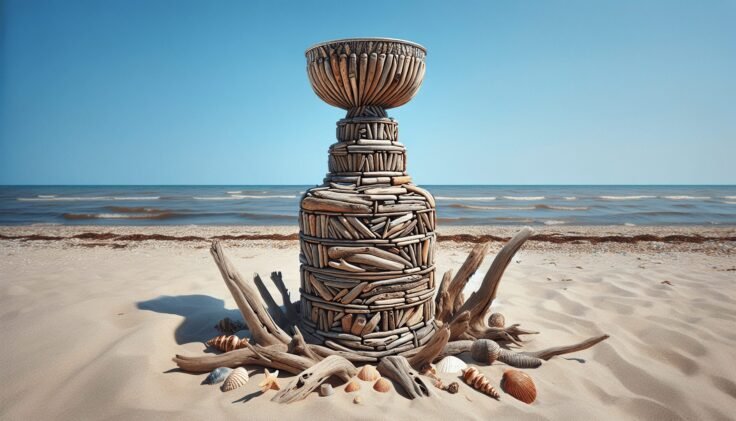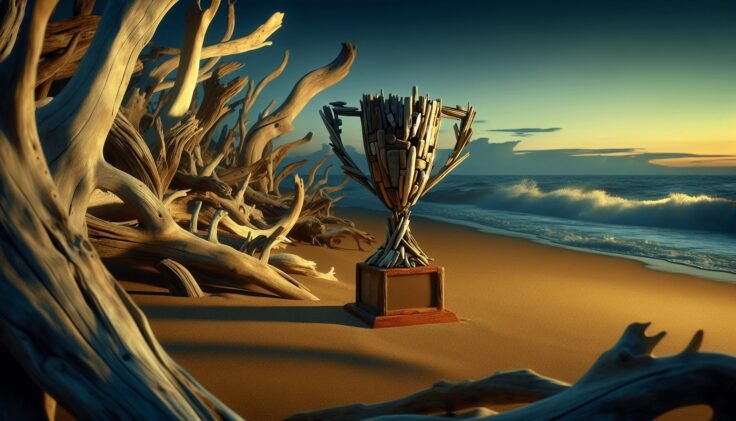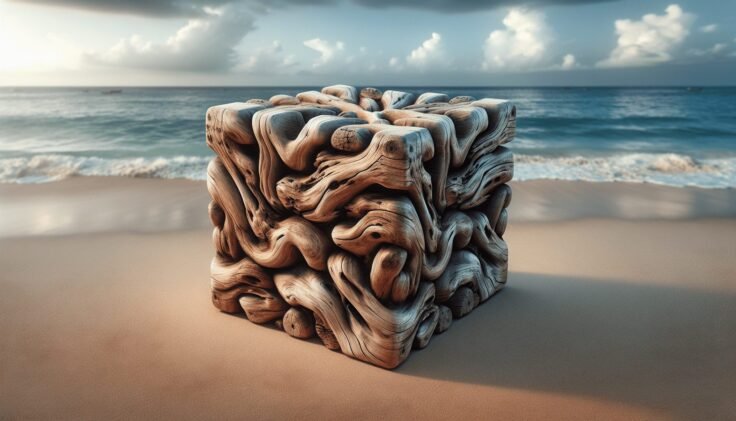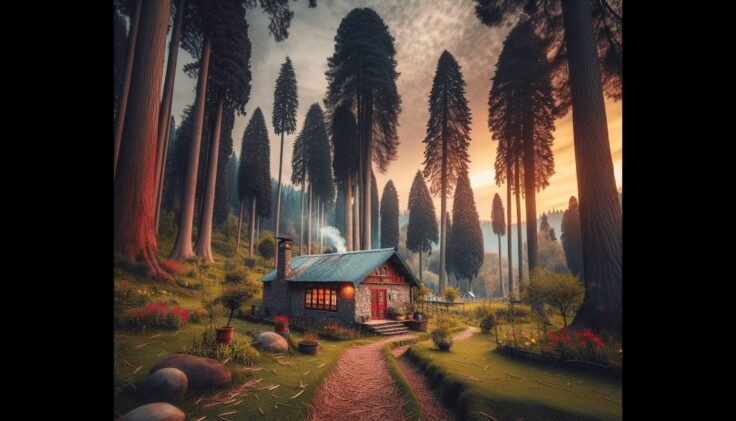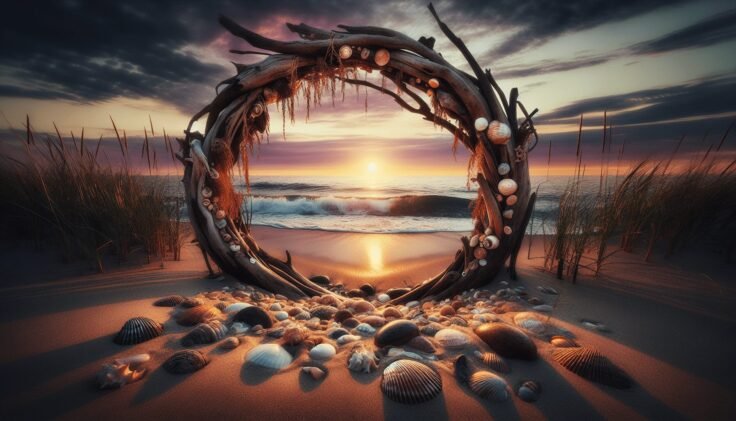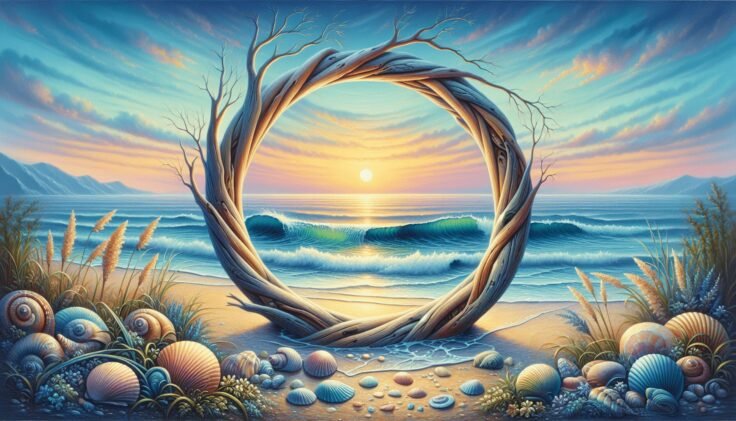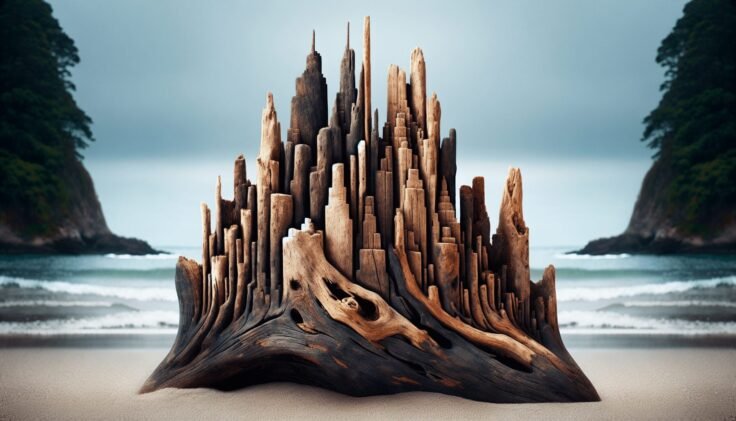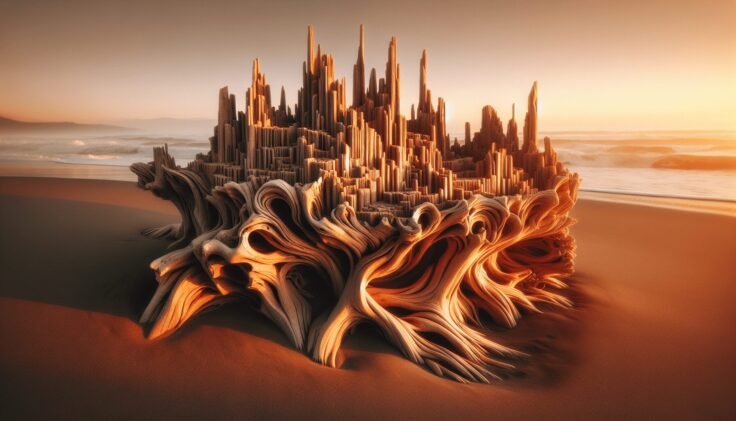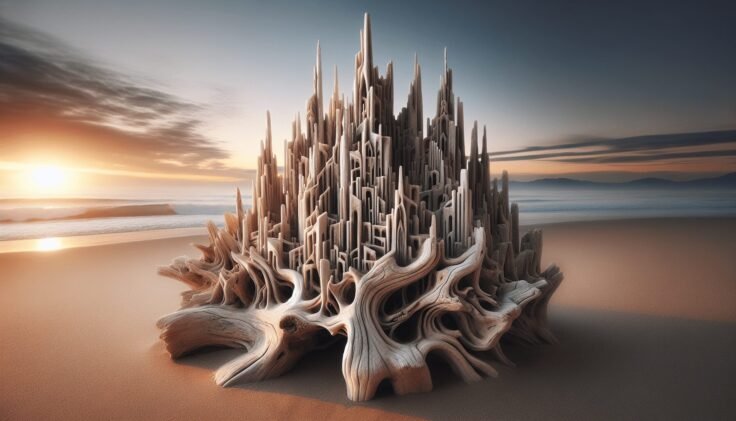Have you ever wandered along a beach, gazing at the seemingly endless expanse of the ocean, and stumbled across a piece of driftwood? This seemingly ordinary piece of wood, weathered by the sun and surf, might just inspire you and spark your imagination. Imagine transforming it into something extraordinary like a driftwood doorway, a truly unique entryway that connects nature with the architecture of your home. Let’s take a journey together to explore the creation, aesthetics, symbolism, and practicality of a driftwood doorway.
The Allure of Driftwood
What Makes Driftwood Special?
Driftwood holds a unique charm and beauty that comes from its natural weathering process. As it travels the waters, it gets shaped by the currents, sand, sun, and salt, resulting in distinctive forms and textures. These characteristics make each piece one-of-a-kind. The history etched into each curve and cranny is a narrative of nature’s artwork.
The Symbolism Behind Driftwood
Driftwood often symbolizes resilience and adaptability. It is an embodiment of strength amid change, having endured harsh environments before finding its way to shore. This transformative journey makes driftwood an inspiring material, ideal for creating elements like a doorway that signify transition and new beginnings, fitting effortlessly into both contemporary and rustic designs.
Crafting a Driftwood Doorway
Creating a driftwood doorway is not just an artistic endeavor; it is also a testament to craftsmanship and creativity. This process demands both an eye for design and adept hands to bring the vision to life.
Selecting the Right Driftwood
The journey begins with sourcing the perfect pieces of driftwood. You’ll want to consider the size, shape, and condition of each piece. Each selection must align with your overarching design while being structurally sound enough to serve as a functional part of a doorway.
Design Considerations
Planning your design is an exciting step—your creativity can truly shine here! Consider how each piece fits together, complementing the aesthetics of your surrounding space while remaining functional. Perhaps you’re aiming for a rustic, natural look, or maybe you’re inclined towards a more structured, patterned design.
Tools and Techniques
Bringing this vision to life requires the right tools and techniques. Saws, drills, sanders, and varnishes will likely be involved, allowing you to cut, secure, and polish the wood. For those unfamiliar with woodworking, seeking tips from woodworking communities or video tutorials can be incredibly beneficial.
Assembling the Driftwood Doorway
Now comes the hands-on part—assembling your driftwood doorway. Secure the driftwood pieces to a backing material using screws or wood glue, ensuring stability. Ensure that all pieces are tightly fastened and aligned correctly, emphasizing both beauty and safety.
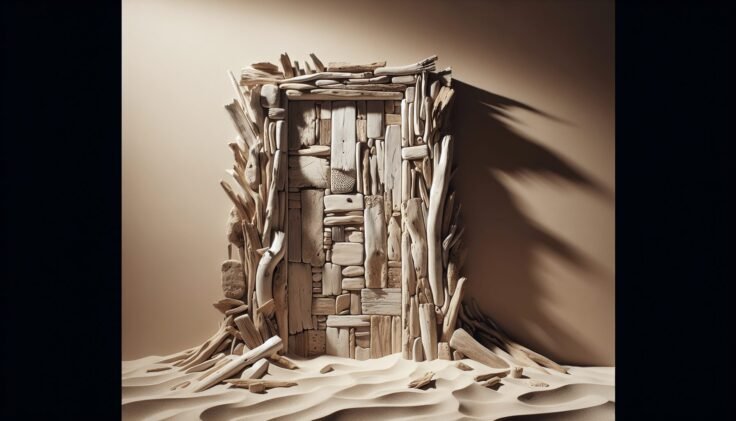
Integrating Driftwood into Modern Spaces
Driftwood Doorway as a Focal Point
Positioning your driftwood doorway strategically can turn it into a captivating focal point. Whether it’s the main entrance or an internal feature, this artistic entryway can set the tone for your home’s design theme. Its natural texture and organic curves provide an intriguing contrast to modern finishes and clean lines.
Complementary Decor
To accentuate your driftwood doorway, consider complementary decor elements. Natural fibers like jute or linen for adjacent rugs and curtains can blend seamlessly. Incorporate other natural materials like stone or greenery to harmonize the space further, creating a cohesive and inviting ambiance.
The Practical Benefits of Driftwood
Eco-Friendly Choice
Using driftwood is an environmentally conscious choice. As a reclaimed material, it repurposes wood that has already served its time in nature, reducing the need for freshly harvested wood. This approach supports sustainable design practices, making it a green option for eco-friendly homeowners.
Durability and Maintenance
Driftwood’s natural weathering makes it quite hardy, resistant to elements such as moisture and sunlight—factors that typically challenge wood durability. With the correct finish and occasional maintenance, a driftwood doorway can offer both beauty and longevity.
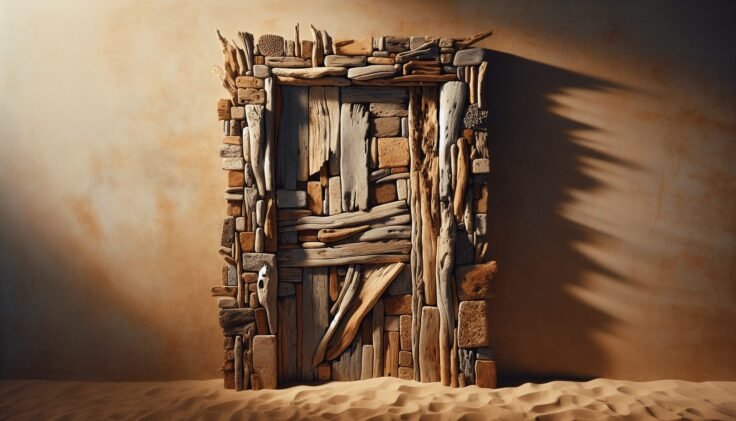
The Spiritual and Emotional Aspect
Connection to Nature
Having a driftwood doorway can evoke a serene connection to nature. Its raw, organic allure brings a piece of the beach right into your home, offering a soothing retreat from the hustle and bustle of everyday life. Each piece reminds you of the ocean’s timeless rhythm and calms your space with its natural energy.
Boost your Creativity
This unique entryway could become your muse. By surrounding yourself with beauty crafted from sea and time, you’re likely to spark creativity in your daily life. Whether you’re an artist, writer, or enjoy creative thinking, the driftwood doorway could be a point of inspiration.
Challenges and Considerations
Availability of Materials
One of the primary challenges in creating a driftwood doorway is sourcing enough suitable driftwood. Depending on your location, this could vary from being abundant to scarce. Consider exploring various beaches or craft suppliers that specialize in reclaimed materials for a plentiful supply.
Skill and Time Investment
Crafting a driftwood doorway is a labor-intensive project that calls for patience and skill. If you are new to woodworking, you might want to start with smaller projects to build your confidence and capabilities before embarking on such a significant endeavor.
Weathering Effects
Although driftwood is durable, it is still subject to the effects of frequent temperature changes, humidity fluctuations, and sunlight exposure. To maintain its beauty, consider applying a protective finish and regular touch-ups as needed.
Real-life Inspirations
Success Stories
Many have ventured into the world of driftwood doorways, creating pieces that are renowned for their uniqueness and beauty. Each project becomes a story, from inception to completion, with proud homeowners sharing their experiences with online communities, often leading to a fascinating exchange of tips and ideas.
Transformative Projects
Think of the impact a driftwood doorway can have on transforming a bland room into an airy, light-filled sanctuary. It doesn’t just enhance the aesthetics of a space; it elevates the atmosphere and emotionally enriches your environment, offering unparalleled transformative power.
DIY or Hire a Professional?
Weighing the Options
Decide whether you wish to embark on a DIY journey or hire a professional. If you have a love for crafting and ample time, building it yourself could be fulfilling. However, a professional can achieve more complex designs with precision and quality, ensuring a flawless execution if your skills or time are limited.
Finding the Right Expert
If choosing to hire a professional, research potential craftsmen who specialize in reclaimed wood or driftwood art. Reviews, portfolios, and consultations can aid in selecting the right person to bring your vision to fruition, with a collaboration likely yielding the best results.
Conclusion
Creating a driftwood doorway is more than just a home improvement project; it’s a fascinating blend of art, nature, sustainability, and craftsmanship. It offers a unique, personal touch to your home that speaks to an appreciation of nature’s beauty and resilience. Through this detailed exploration, perhaps you’re inspired to start your journey into crafting, designing, or simply appreciating these breathtaking entryways that marry the raw elegance of driftwood with the warmth of home.
Bursting with potential, a driftwood doorway stands as not only an architectural feature but as a poignant statement about how harmony can be achieved between the natural world and human creativity. Whether you’re already planning your project or admiring from afar, this enchanting concept invites you to see the possibilities scattered across our shorelines, just waiting to frame your next great adventure.




